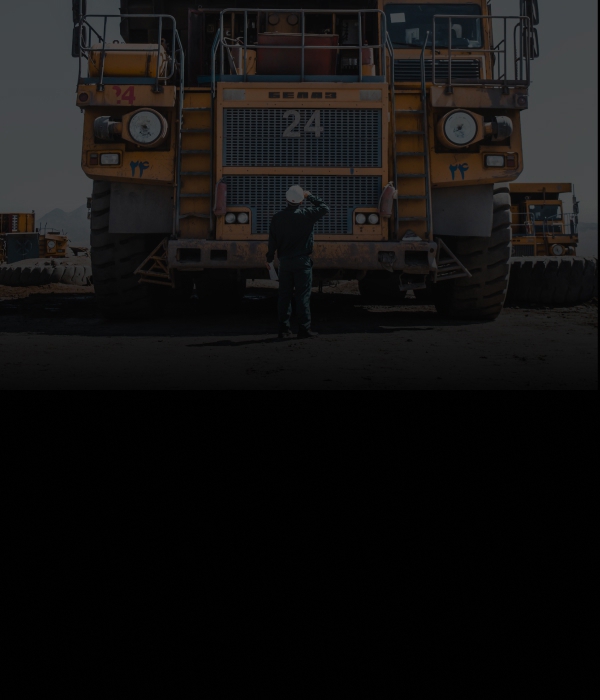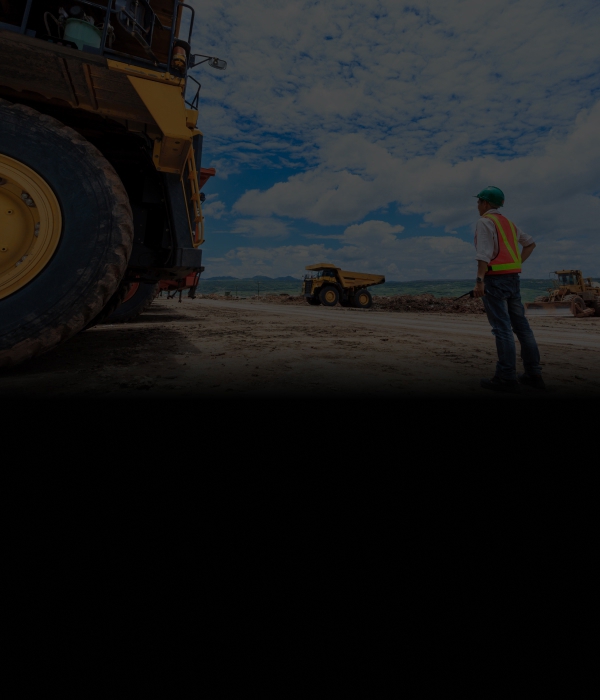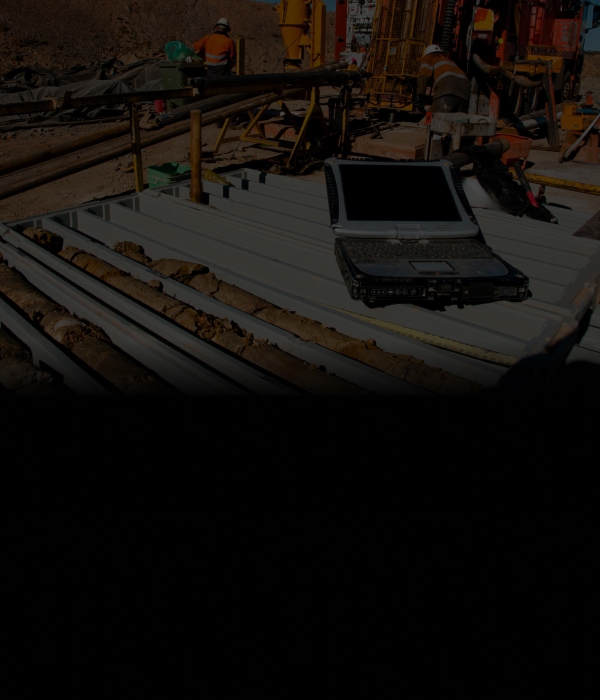
Mining operations are an essential part of many developing nations. They provide jobs and resources, and fuel economic growth. However, irresponsible mining can also have a significant negative impact on the environment, local communities, and workers. It's crucial to recognise the importance of socially responsible mining to ensure that operations are sustainable and beneficial in the long run.
In this guide, we will explore the impact of mining on developing nations and why a responsible approach is essential. We'll also discuss various strategies for promoting responsible mining practices and the benefits they can bring to both mining companies and local communities.
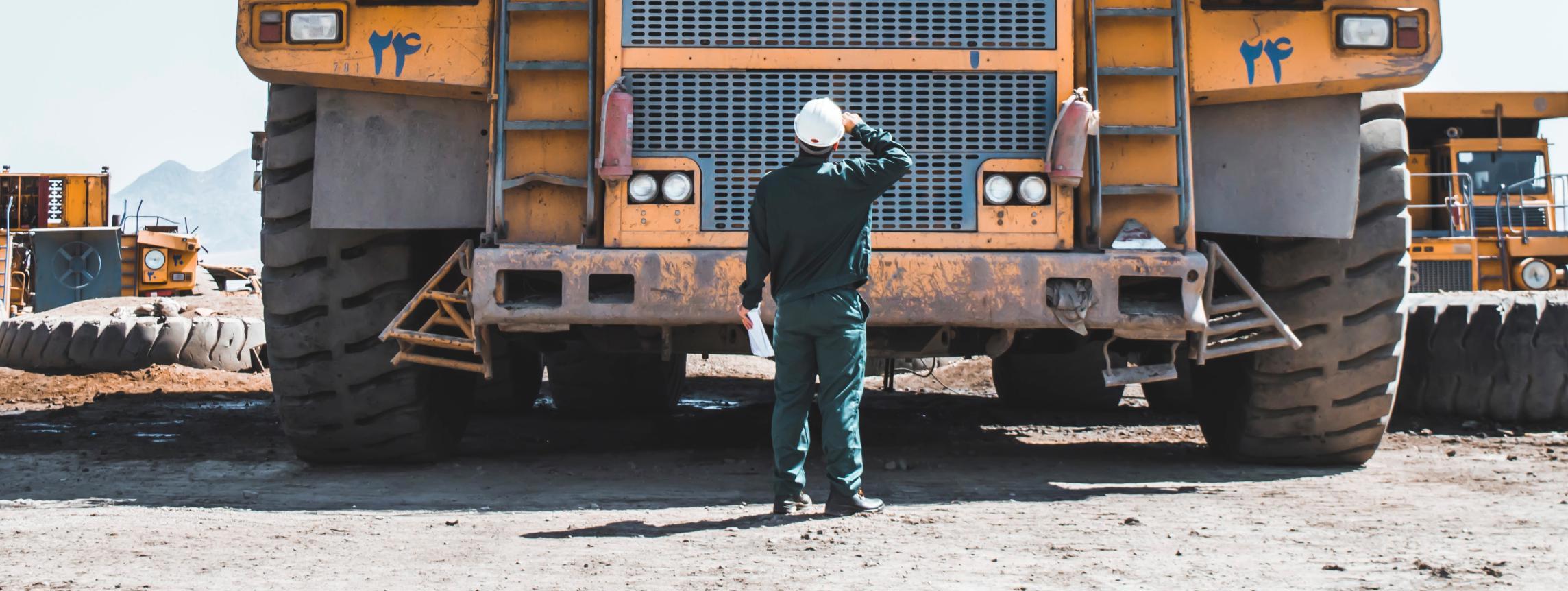
Chapter 1
An introduction to socially responsible mining
While mining provides a vast array of benefits to local communities, it would be wrong to assume the impact it has is always inherently good. Let’s get a better understanding of how the process works, as well as different types of mining, their impact on the environment, and what pros and cons the industry as a whole brings to the table.
An introduction to mining
Most of us understand the basics of mining – the extraction of valuable or precious geological materials from the Earth, or an astronomical object. But how many of us can say we truly comprehend just how much of an impact the industry as a whole has on society and the world around us?
Far from finding a plot of land and spontaneously digging, a detailed and thorough journey must be undertaken to effectively begin, execute, and conclude a mining project. From start to finish a typical lifecycle might look as follows:
1. Exploration
Used to determine the viability of a site, this phase can also be referred to as prospecting. Experts will assess potential mining opportunities by mapping out the landscape, as well as taking samples from the soil to test for resources. The value of the mine is projected at this stage, depending on the size of the mineral deposit. A project can be abandoned at this point if the value is found to be lacking.
2. Planning
If a project is given the go-ahead, it will enter the planning stage. Tests will be conducted to ensure that a potential mining operation is safe, socially responsible, environmentally sound, and economically practical. A decision will be made at this stage as to whether the rewards ethically outweigh the costs.
3. Development
If they do, a project enters the development stage. Also known as the construction stage, it’s at this point that the true mining begins. In order for this to happen, permits, mining rights, legislative approval, further research, access roads, and a power source must all be obtained.
4. Production
Miners actively collect minerals from mines and send them off to a processing plant. The plant will separate the waste from the precious resources. Throughout the year, the Mine Safety and Health Administration (MSHA) will visit a site to guarantee that the production phase remains safe and sustainable for workers.
5. Closure
Also referred to as reclamation, this is the final stage in any project. Hazardous materials are removed ethically, and the surrounding area is stabilised to prevent any erosion. New vegetation is often added, while it’s becoming increasingly common to see a water treatment facility built to accommodate the growth of this new green area.
Along each step of the process, the need to think sustainably and ethically is paramount. This is true on a mine-by-mine basis, as well as to the continued success of the modern mining sector as a whole. It’s perhaps little surprise then that green mining initiatives are becoming commonplace on most builds. For example, recycling schemes exist for multiple materials:
-
26% of platinum group metal is recycled in 2024, compared to less than 5% in 2000
31% of palladium is recycled
Around 30% of today’s copper supply is recycled
The EU has recently introduced regulatory requirements for the future with minimum percentages for the amount of recycled content in active materials:
| Metal | 2031 minimum | 2036 minimum |
|---|---|---|
| Cobalt | 16% | 26% |
| Lead | 85% | 85% |
| Lithium | 6% | 12% |
| Nickel | 6% | 12% |
Sustainability initiatives reduce emissions, save money and improve the efficiency of operations. For example, decarbonisation will allow Fortescue to save:
This adaptation to modern societal codes of conduct has helped to keep the industry in good health – despite continued pressure from outside forces. Between 2023 and 2024 alone, the mining industry as a whole grew $2,138.73 billion to $2,276.8 billion, an annual growth rate of 6.5%. Predictions show continued growth in the future, albeit at a slightly slower rate, with an annual growth rate of 5.5% expected between 2024 and 2028. The market for green mining is expected to grow to almost $19 billion by 2029.
In the UK, mining is still at the forefront of most metal production, with up to £4.26 billion of precious metals imported from global supply chains in May 2024 alone. Chief amongst the destinations where these reserves are being drawn from were:
Elsewhere, figures from the US speak volumes about the pivotal role which mining still plays in the First World. It’s estimated that the average American uses 40,000 lbs of newly mined materials every year, including two tonnes of coal, with the country generating $136 billion in revenue through the sector on an annual basis.
If the numbers tell us nothing else, it’s that mining still plays a crucial part in the progression and development of the world around us. This reliance on the industry makes it more important than ever to do what we can to operate using sustainable practices.
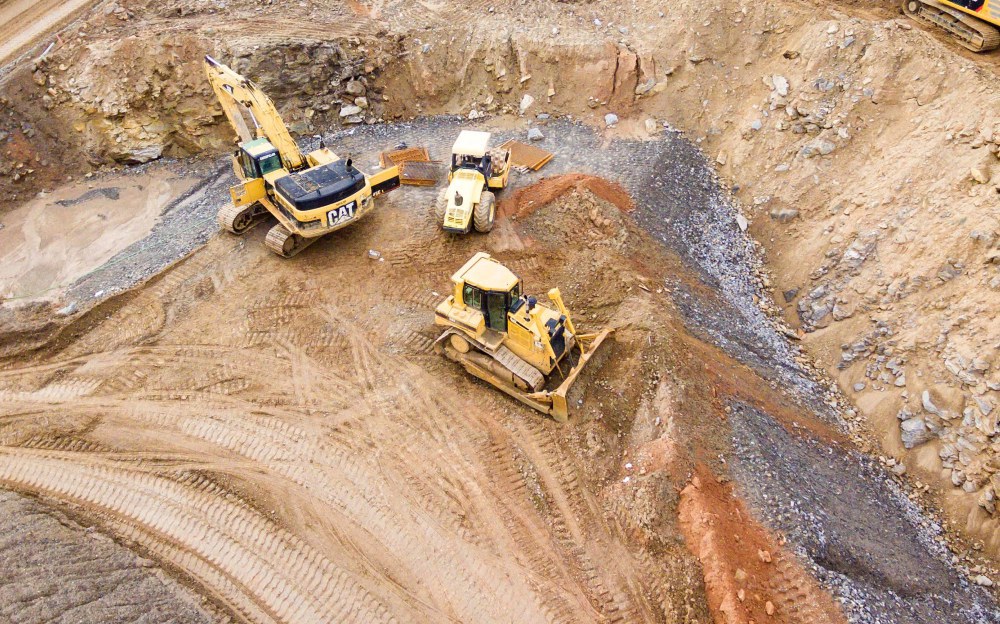
Between 2023 and 2024 alone, the mining industry as a whole grew $2,138.73 billion to $2,276.8 billion, an annual growth rate of 6.5%.
The different types of mining and their impact on the environment
When we think of mining, our natural inclination would be to picture long, dark underground tunnels, lit up by a few specks of candle or lamplight. And while this is certainly not inaccurate historically, modern mining techniques and methods stretch far beyond these more rudimentary approaches.
In the 21st century, mining can be broken down into four distinct categories: surface, underground, in-situ, and placer.
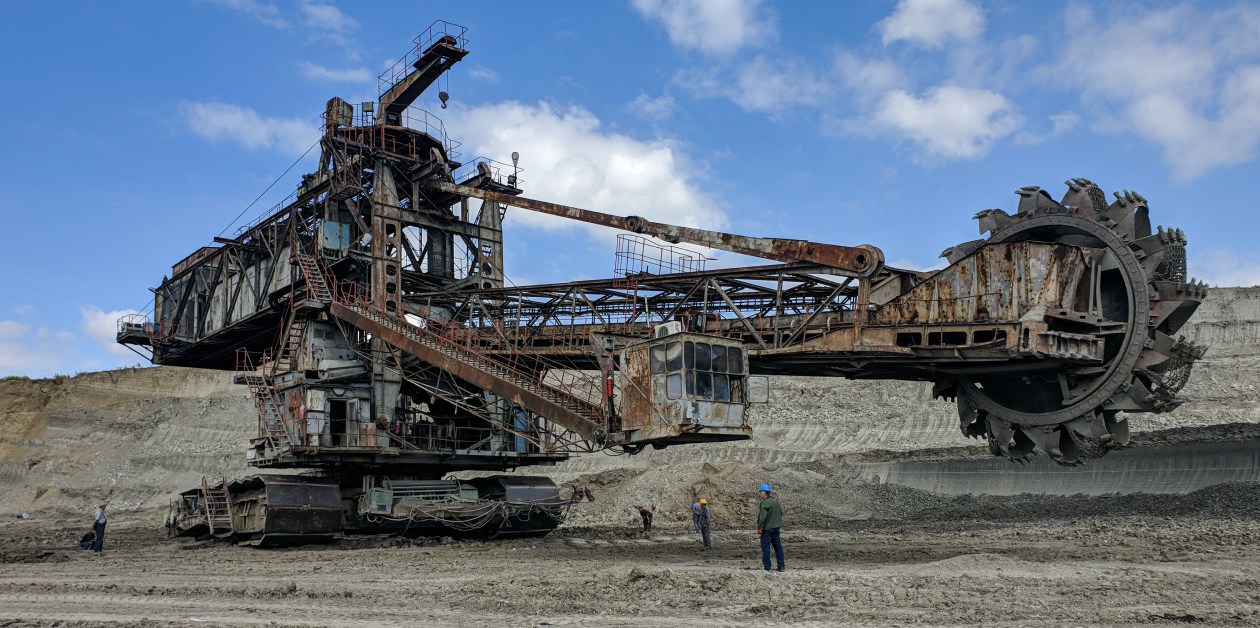
Surface
Also referred to as open-pit mines, this kind of mining is closest to what our ancient ancestors would have practised – albeit with significantly more advanced technology. The process sees only the surface layer (the overburden) of a landscape needing to be removed, in order to extract minerals. The overburden usually consists of soil, rocks, and plant life. Deep mine shafts are not required with this form of mineral extraction.
Environmental impact
Despite being less obtrusive in one sense, surface mining operations require a lot more space. This has the knock-on effect of damaging potentially fragile ecosystems, as well as contaminating groundwater.
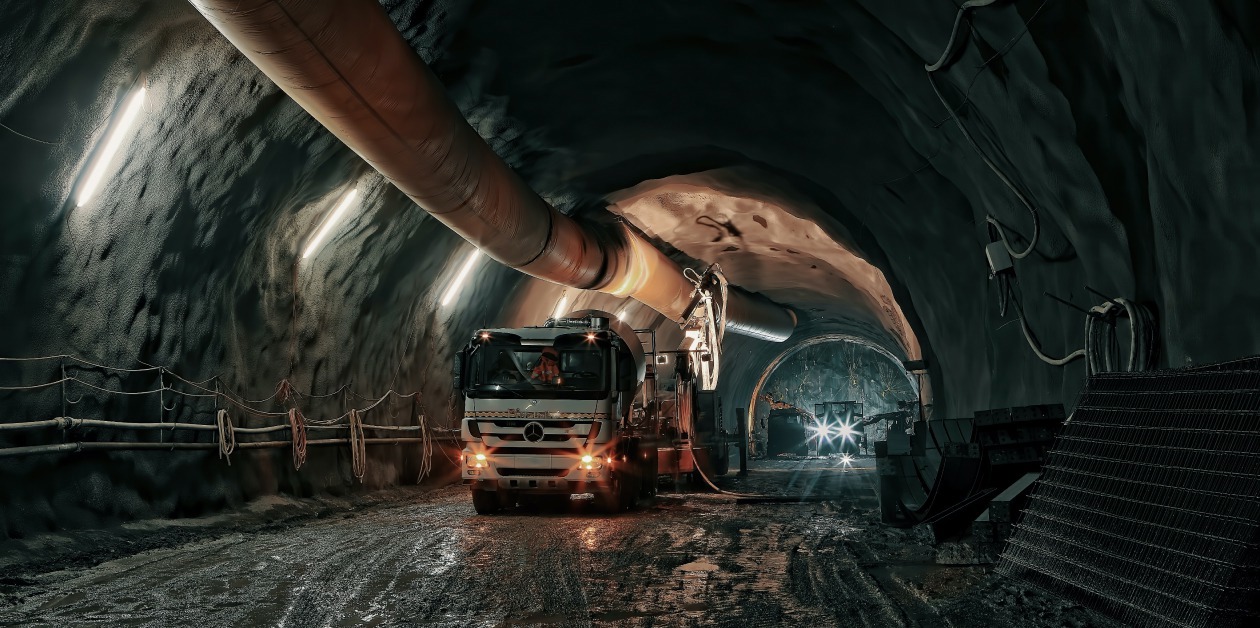
Underground
What we would traditionally associate with modern mining, underground mines are just that – shafts that stretch deep under the soil in order to draw on minerals buried in the Earth. Tunnels are dug either horizontally or vertically depending on the lay of the land.
Environmental impact
Despite their more destructive nature, underground mines have a smaller environmental footprint than surface mines, as they tend to disturb the local ecosystem less. That said, groundwater contamination can still be a risk if a thorough geological assessment is not carried out prior to the development stage. They are also more dangerous for miners, with cave-ins and collapses far more likely than in a surface mine.

In-situ
This modern mining approach sees chemicals pumped into the ground, with the intent of dissolving the soil, then sucking up all the minerals which a company wants to extract. This is a common practice used when mining for uranium, but not gold – where the precious metal is likely to be damaged by the chemicals.
Environmental impact
Naturally, the process of using chemicals can have a big impact on surrounding geology and groundwater supplies if not properly protected against. Tests are usually carried out before any project to determine if the soil is permeable enough to prevent the chemicals from heavily impacting the local ecosystem.

Placer
This type of mining uses a rinsing and sifting method (similar to gold panning) to extract resources from the soil. Gold, precious gemstones, tin, titanium, and platinum are the most commonly sourced materials to use this method.
Environmental impact
Placer mining has the potential to contaminate water supplies, as well as have a harmful impact on local wildlife. In areas where historic prospecting has been conducted, the practice can also disturb mercury deposits, which in turn could be poisonous to the local ecosystem.
The positive and negative impacts of mining
As we’ve alluded to, mining provides a host of positives to local communities. But it would be naive to overlook the less beneficial aspects which some miners and mining communities have to face. What’s more, the debate about the damage which the practice has on the environment is also hard to overlook.
Here’s an easy way to understand both the good and not-so-good impact mining has on the world around us:
| Positive impact of mining | Negative impact of mining |
|---|---|
| Mines help national and local governments generate large revenue through tax | Developing countries sometimes see illicit financial flows corrupt the revenue stream generated from a mine |
| Mining requires a large labour force, which creates jobs for thousands of local residents | Underground and surface water systems can become polluted as a result of a mining project |
| Mining companies can provide benefits such as infrastructure, basic services, and communications networks to local communities | Communities can become displaced after the closure of a mine, when working opportunities begin to dry up |
| Associated businesses such as waste recycling and transport companies are provided with opportunities | Abandoned mines often pose a threat to both humans and local wildlife |
| Mining often happens in remote areas, which means it provides opportunities to communities which may have previously had very few | The fluctuating price of raw minerals can cause an insecure job environment for contracted workers |
| Poverty rates are reduced in areas where mining operations are started | Host communities struggle with many social and related health challenges as a result of this instability |
| Mining can provide raw materials to help continue the development of green technologies | Mines can pollute air quality, resulting in a community becoming displaced |

Mining companies can provide benefits such as infrastructure, basic services, and communications networks to local communities
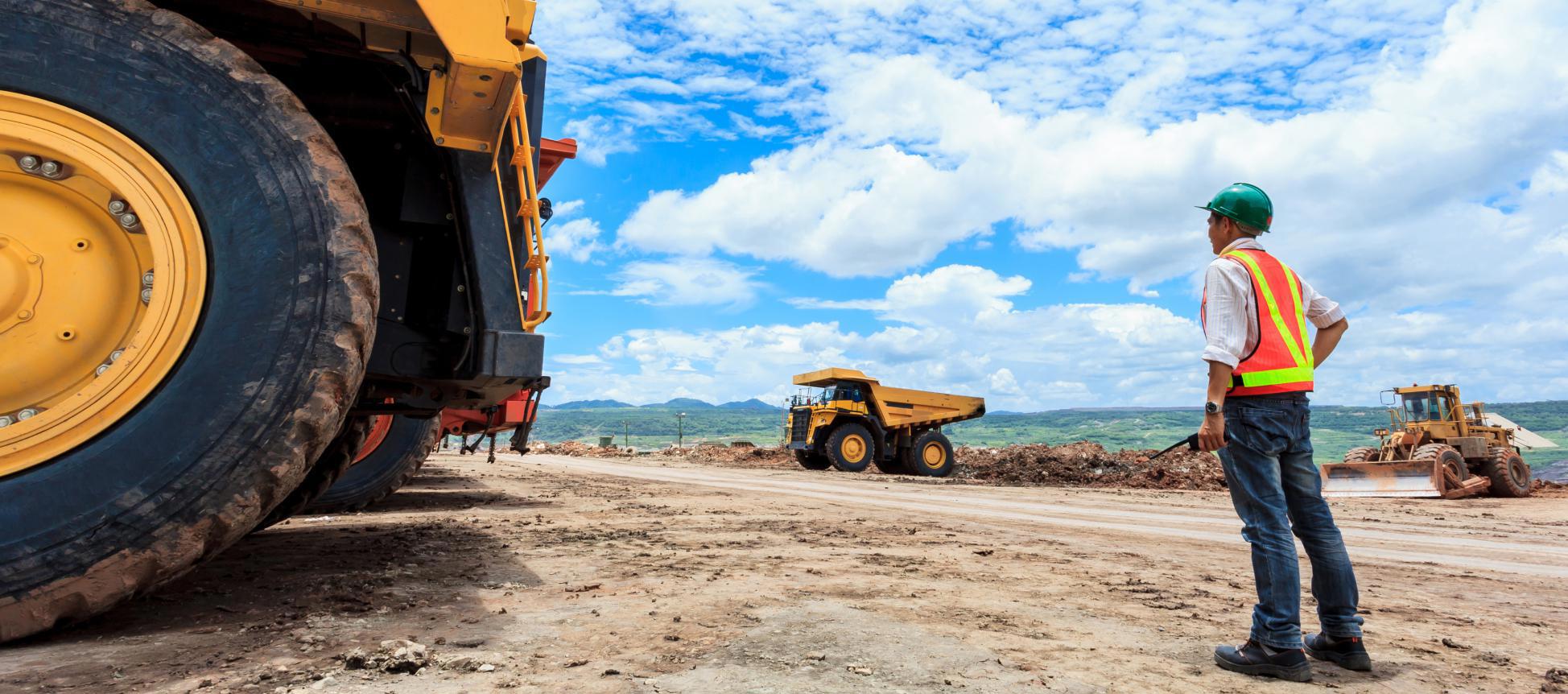
Chapter 2
Implementing socially responsible mining practices
Thankfully, a lot is being done to heighten sustainability efforts at every level of the mining process. Whether this is in the day-to-day operation of a mine, or on a wider social scale, companies are beginning to prioritise the needs of both mining communities and the planet.
Minimising the environmental impacts
First and foremost, added focus is being placed on ensuring that mining is adopting a more sustainable approach at every level of production. While, by its very nature, mining will always have some impact on the environment, more can be (and is being) done to reduce the toll taken on Mother Nature.
Close down illegal mining operations
Setting a strong precedent within the industry, the closing of any mines which fail to stick to regulations helps support environmental factors. Before 2010, most mines in China were unregulated when it came to the impact they were having on the wider world. The introduction of new legislation, coupled with the closing of mines that didn’t conform, has served as a breakthrough moment for protecting environmental rights in the country.
Reusing mining waste
The need to repurpose waste materials (what we’d refer to as recycling) is perhaps no more poignant than it is in the mining industry. Huge excesses of waste material are generated during all four types of mining projects. These materials can be used for a variety of productive measures, such as construction and infrastructure.
For example, recycling copper, which takes seven times less energy than processing ore, or steel, which uses three-and-a-half times less energy than ore, will serve to minimise a mine’s environmental impact, and keep it running for longer.
Use eco-friendly equipment
Advances in technology have meant that battery-powered mining equipment (which runs off of electric instead of diesel) are now a viable, greener alternative to traditional methods. Swedish mining equipment manufacturer Epiroc is even aiming to offer a full range of emissions-free products by 2030, as well as use 90% renewable energy in its own operations.
Perhaps the easiest switch for organisations would be to turn to more durable equipment. Less frequent turnover reduces the need to manufacture more equipment (which can have a high carbon cost).
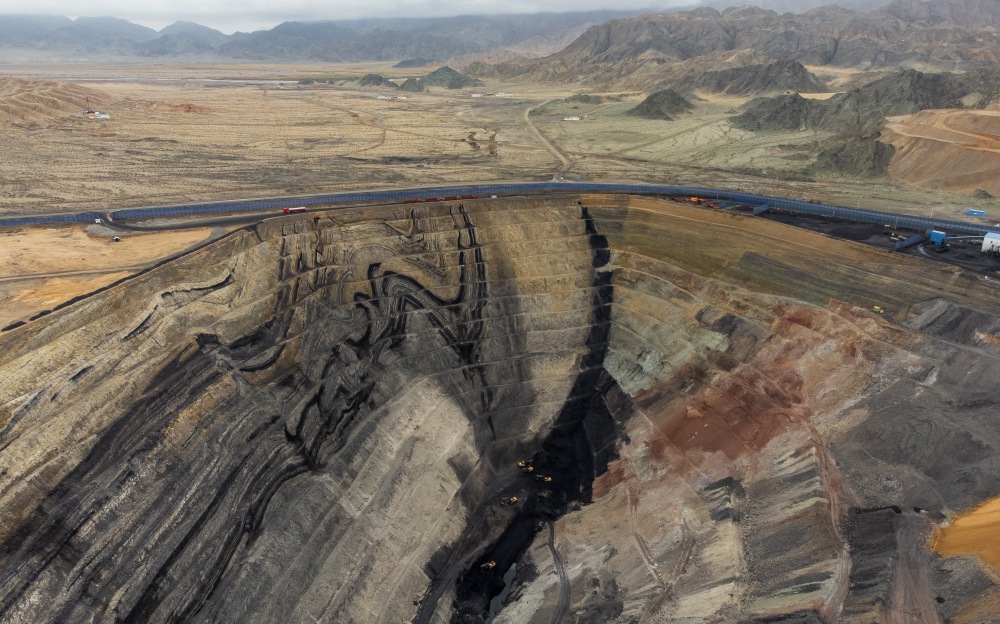
Before 2010, most mines in China were unregulated when it came to the impact they were having on the wider world.
Make sure toxic waste is counted properly
Companies have historically been hesitant to fully address the amount of toxic waste which their sites produce. While this is sometimes unavoidable in in-situ mining, it’s important that accurate figures are given in order to account for the safe removal of the waste in question. Inaccurate numbers could allow companies to illegally dump toxic residue, which can be damaging to both wildlife and local communities.
Replenishing the environment
A simple but effective measure, replenishing the natural environment after the closing of a mine will go a long way to protecting the environment. This can be achieved by removing excess waste (safely), replacing native soil and grass, and planting trees to help rejuvenate the local ecosystem. This should be carried out alongside a full site inspection, to ensure the right materials are being used or removed.
Safely closing down and reclaiming mine sites
Rather than just abandoning it to rot, a mine should be closed (or reclaimed) in a safe, thorough, and ethical manner. Outside contractors should be hired to do this effectively, with equipment and parts removed safely, pipelines drained, and waste material repurposed or disposed of properly. Most importantly, any shafts should be closed up, and the land surrounding the mine returned to how it was prior to the project.

Rather than just abandoning it to rot, a mine should be closed (or reclaimed) in a safe, thorough, and ethical manner.
Promoting ethical working conditions
Regardless of any predisposition about mining, the miners themselves are normally hard-working labourers, looking to make a living wage. It’s imperative that health and safety, as well as other ethical concerns, are addressed as part of any mining project.
There are a number of ways that working conditions can be hazardous to the average miner, including things like:
Exposure to chemicals
Polymeric chemicals are commonplace in mining. Workers are regularly exposed to these, as well as other potentially hazardous substances, across the course of a normal day. And while PPE can help prevent skin or organ damage, it only goes so far. The International Labor Organization estimates that 19 million miners are exposed to mercury alone.
Injury from heavy machinery and explosives
When large machines are in operation in relatively tight quarters, it greatly enhances the risk of an injury. Similarly, the use of explosives around so many workers can also lead to accidents. In some instances, this could be as a result of incorrect storage, while in others it might be because an untrained miner has been tasked with detonating them. Fortunately the injury rate is gradually decreasing: the most recent figures show an injury rate of 1.84 in 2023, compared to 2.50 in 2013.
Occupational diseases
Airborne diseases are common in underground areas, with diesel exhaust, silica, and even asbestos all having the potential to cause long-term issues, such as cancer. Viruses like Ebola can also spread quickly in such a confined environment.
Hearing loss
Drilling, explosions, and loud noises from heavy machinery can all result in moderate to severe hearing loss for workers. A 2024 study found that high-frequency hearing loss (HFHL) was prevalent in 35% of participants, who all worked in mines. The percentage was higher for those who worked outside an office compared to those who worked in one (42% vs 19%). Tinnitus is also a potential threat – which leaves someone with a constant ringing in their ears.
Cave-ins and collapses
Perhaps most miners’ greatest fear, improper planning can sometimes lead to caves collapsing in on themselves. This can leave miners trapped, or even crushed to death.
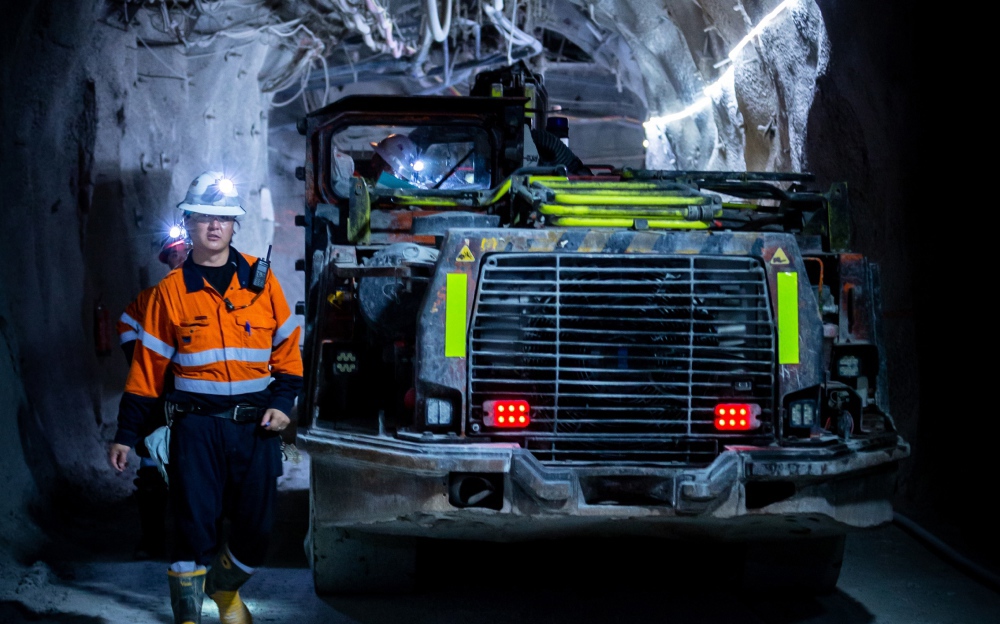
Drilling, explosions, and loud noises from heavy machinery can all result in moderate to severe hearing loss for workers.
It’s vital that workers are provided with the right equipment and working conditions to do their job safely. Here are some steps which mining corporations can, and should, take to ensure their workforce remains safe at all times:
Improve visibility in mines
Mistakes are more commonplace in areas with low visibility. That’s true in any profession, but, for miners, the naturally dim conditions make it far more of a reality. Light sources should be in abundance in every tunnel of a mine, while headlights should be included on all machinery, as well as hard hats.
Ventilate any harmful gases
Ventilation systems need to be working at optimal level to ensure that any potentially toxic vapours are diverted away and out of the mine (to a safe location). It’s also important to watch for the signs of a potential gas leak. While the days of using a canary are long gone, companies can still monitor this quite easily with specialist technology.
Ensure equipment is kept in good condition
Old, worn-out, and defective parts and pieces of machinery can cause accidents. Cleaning, repair, maintenance, and regular inspections are the best way to ensure that the chances of something going wrong are significantly decreased. Excavators, drill rigs, rock dusters and ventilation devices will all need to receive a thorough service on a regular basis.
Manage vibration and noise levels
Reducing both hearing loss and the chance of a cave-in, the appropriate management of noise and vibration can save lives. Inserting buffer holes in advance, using millisecond blasting, and introducing blast mats to absorb the force of an explosion can all have a positive impact.
Watch for dust hazards
Loose silica dust or coal particles can damage the lungs, and are common in mines. Vacuums, screens, and wet fan scrubbers are able to catch these before they can cause any real damage.
Ensure rigorous standards are maintained
Perhaps most importantly of all, the best way to ensure the safety of a workforce is to guarantee that all regulations are strictly adhered to. Allowing rules to be bent or broken can result in harm coming to a miner, and should be reported immediately if spotted.
Account for extreme temperatures
Mines can operate across a wide spectrum of extreme temperatures. Gold, diamond, and other precious metals will often require sub-zero conditions, while mines found deeper to the Earth’s core will be incredibly hot. This can weaken a worker, lead to dizziness and confusion, and even cause heat exhaustion.
Hydration stations need to be available throughout mines, while there also needs to be time allotted to regular breaks. The appropriate coverings also need to be provided to all miners.

Loose silica dust or coal particles can damage the lungs, and are common in mines.
Protecting the mining community
Small communities can benefit greatly from the presence of a mine. It provides employment opportunities, brings footfall to any stores in the town, and will usually result in some form of financial infusion into the area, and wider country itself.
However, the presence of a mine can also pose health risks, as well as raising debates about the impact it will have on the community as a whole. Mining operations have a negative impact on cultural and heritage sites, as well as marginalised groups, such as indigenous peoples.
As such, it’s important to ensure that the right measures are being taken to protect these small towns and villages, in order for them to remain healthy and happy. Some steps which companies could take include:

Ensuring communities are given a voice at the appropriate points
While the opinions of a community should ideally be listened to at any point in the lifecycle of a mine, there are specific times at which their voice has more influence. Laws and regulations exist to provide the consent of local communities. The most impactful periods for community engagement are during the consultation (planning) and closing (reclamation) periods.
Ensuring there are grievance mechanisms in place
A business is bound by The UN Guiding Principles on Business and Human Rights to address grievances and work to find a viable solution. There needs to be an official channel through which communities and individuals are given a voice to air complaints, with tangible evidence that they’ve been listened to.
Mitigating any potential diseases and outbreaks
As we’ve discussed, mines lend themselves to the outbreak of disease. And while a company is required to do what they can to protect their workers, this doesn’t always extend to the wider community. As such, it’s the duty of a mining company to work with local health authorities to deliver preventative and treatment programs for diseases such as malaria, HIV/AIDS, and TB.
Providing the community with detailed information
In order for the community’s engagement to be as valuable (and beneficial to them) as possible, mining companies need to make sure they provide open access to all relevant information. This gives more power to the residents, and helps them understand both the potential pros and cons of a mine being introduced in their area.

Managing mine closures appropriately
Closing mines can have a series of knock-on effects for communities. Examples include creating environmental biohazards, serving as a source of social conflict, leaving communities in a state of recession as a result of a loss of jobs, and draining public resources (in the case of abandoned mines). It’s important that mines work with local governments to reclaim an area safely and ethically.
Pumping money into health systems in poorer nations.
Mining companies can work with local health authorities to contribute and support healthcare systems in more impoverished nations. This collaborative approach to healthcare would ensure communities are given the much-needed infusion of cash they need to protect citizens against threats like Ebola and Tuberculosis – which are often common in poorer mining communities. For example, in Sub Saharan Africa, Tuberculosis is between 3 and 10 times more prevalent among miners than it is among the general population.
Guaranteeing money is going to the right sources.
It’s vital that finances can be monitored and tracked throughout the entire lifespan of a mine. Money needs to be going to the right channels, to ensure corruption isn’t present at any point of the project’s life cycle.
Advocating sustainable resource management
We all have a duty of care to work in a sustainable and ethical manner. That extends to any industry, but is perhaps most at the forefront in a sector like mining. Mitigating excess waste of core resources should be a priority for any project. And while we’ve already looked at what can be done to heighten these efforts, a mining corporation has a responsibility to promote and advocate for what can and will be done to meet these sustainability standards.
Some of the most effective ways to do this include:
Educating the wider world
It’s important for the struggles which communities, the environment and workers face to be made widespread. Raise awareness of the issues faced in regards to any of these factors, and show the benefits of how combating them will have a positive impact. Educating people about the environmental, social, and economic aspects of sustainability gives others the chance to have a say, and maybe even change things for the better.
Engaging with stakeholders
Stakeholders in any business have a lot of sway. Understand their perspective on a situation, then engage with them to work on possible solutions. By involving them in the decision-making process, you’ll gain their trust. It’s important to work with them to introduce and promote new sustainable approaches. It can help financially, too. In a report by Accenture, 37% of investors said sustainability incentives had “a great impact on the value of a mining company”.
Finding innovative solutions
New products, services, processes, technologies, business models, or partnerships are all a great way to combat sustainability issues found at the core of any business. Adapting to new ways of working sets an example, and can help to drive positive change at every level of the totem pole.
Collaborating with others
Working with other people who share a sustainable vision (be it at your company, in your industry, or even beyond the mining sector as a whole) can be hugely influential. Teaming with others allows a company to share information, knowledge, ideas, and best practices.
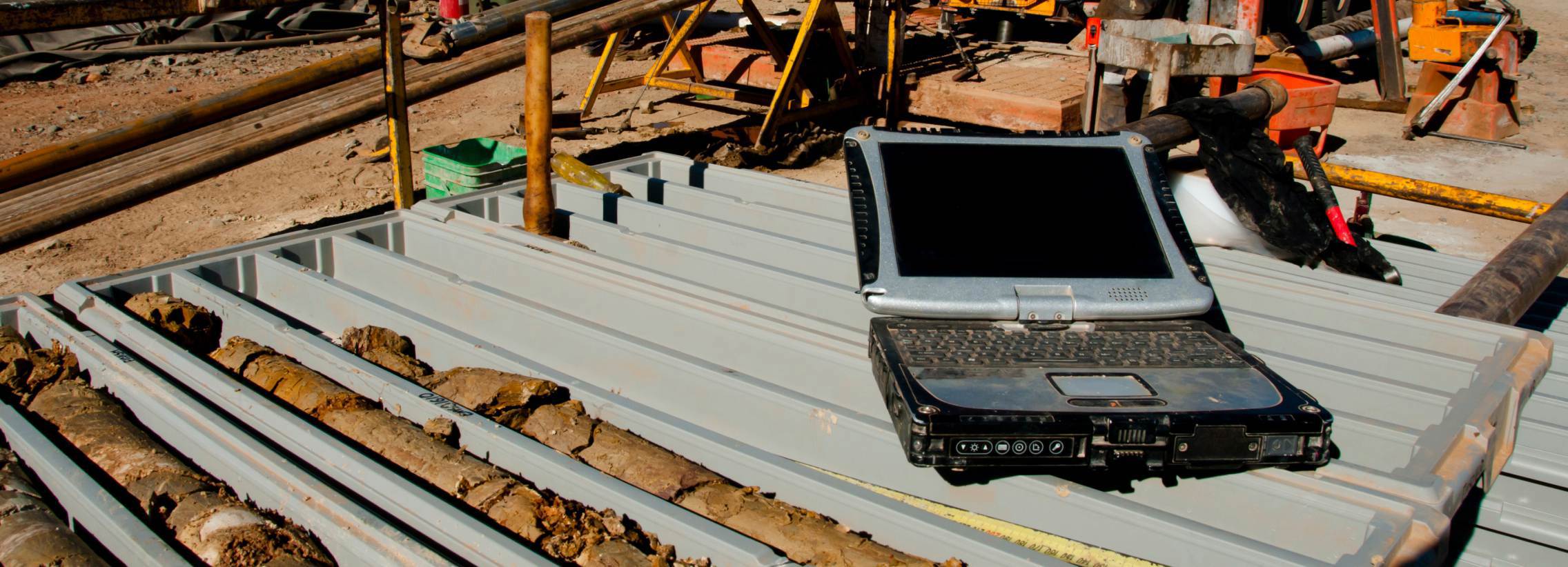
Chapter 3
The future of mining
Thankfully, a lot is being done to heighten sustainability efforts at every level of the mining process. Whether this is in the day-to-day operation of a mine, or on a wider social scale, companies are beginning to prioritise the needs of both mining communities and the planet.
The role of innovation in creating sustainable solutions
Adaptation and evolution are at the core of any successful business. And the mining industry has continued to change and improve the way they operate in order to find sustainable solutions which protect the environment. Here are some of the most innovative technologies and adaptations which have been, or will be, implemented.
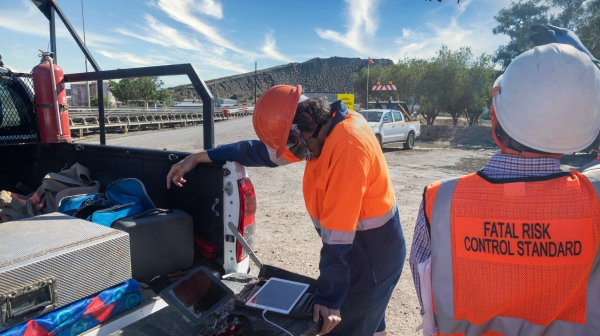
Remote mine inspection and remediation
While collapses are increasingly rarer in the world of mining, they do unfortunately still occur. When this happens, it can be dangerous and time-consuming to inspect a tunnel. Technology has been developed which sees a small fleet of robots enter a shaft, and map out the area using 3D scans. This allows inspectors to assess a mine remotely, removing any further risk to human life in an unstable environment.
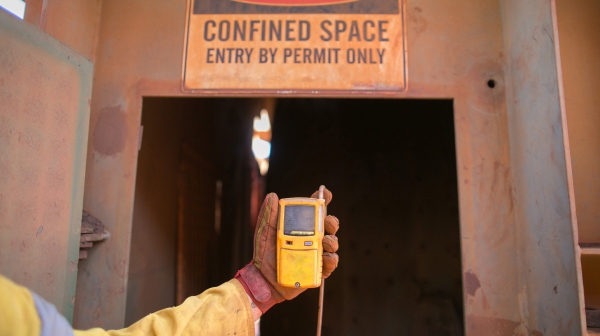
Sensor-based management systems
Sensors are at the forefront of modern mining adaptations. They’re used for a variety of purposes, such as collision avoidance, maintenance, environmental monitoring, and asset management. They’re also capable of monitoring air quality in a tunnel, as well as automatically managing lighting and energy systems.
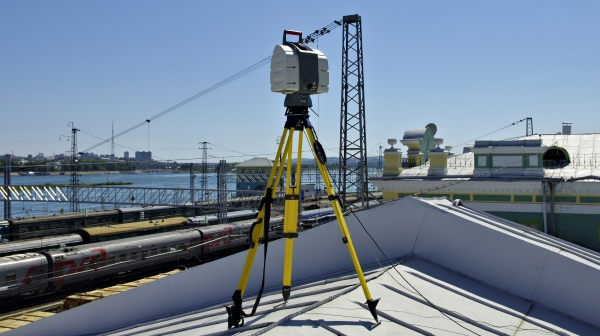
Digital Twins
This groundbreaking technology provides workers of many different industries with a virtual representation of an asset or environment. This allows critical scenarios to be simulated using the tech, which in turn preempts and futureproofs against potential accidents. This is a particular popular technology in deep-sea mining, when getting a detailed picture of an area’s surface is harder.
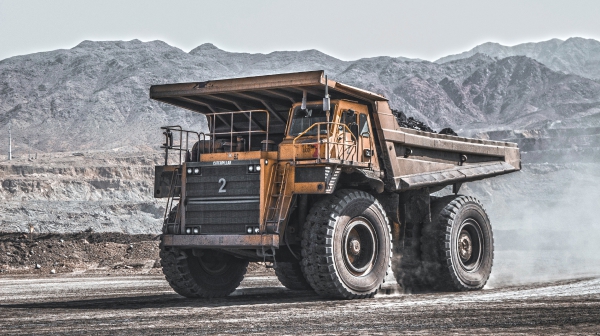
Electric trolley trucks
The mining industry hasn’t been left behind when it comes to the electric revolution. In an effort to reduce the carbon footprint that the sector has on the environment, electric equipment is being tested across the world. A trolley truck system which runs off this renewable form of energy is now fully operational in the Kristineberg copper-zinc mine in Sweden.
Encouraging greater ethical mining in developing nations
Perhaps most important of all for the future of the industry is the necessity to promote and enforce safe, ethical, and sustainable working conditions and practices in developing nations which have mining communities. In order to do this, it’s important to encourage an approach which ensures the needs of everyday workers, their families, and local residents are put at the forefront.
Corporations can do this by:
Ensuring all materials are conflict-free
This should be made a priority in any project. The World Gold Council launched the Conflict-Free Gold Standard (CFGS) in 2012 to guarantee that conflict-free gold mining was the adopted norm across the industry as a whole. The standard uses internationally recognised benchmarks to ensure ethical practices are followed at all times.
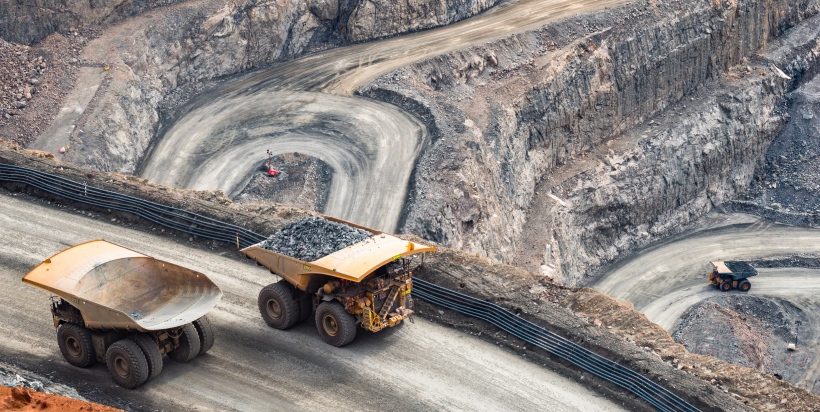
Maintaining transparency at every step of the process
In order for ethical practices to be followed correctly, it’s vital that an open and transparent approach is taken at every step of the mining process. This extends to legality of the workforce, the flow of cash, impact on the local community, and the relationship that the mining company has with the people who live and work nearby.
Operating at the highest levels of safety
Safety measures need to be followed, and, most importantly, overseen and managed throughout the entirety of a project. It’s this secondary element which can sometimes be overlooked – especially when a mining operation spans across a number of years.
Banning underage miners
Child labour has been at the forefront of ethical mining changes for some time. And while strides are constantly being made to reduce the number of children working in mines, many are known to still be working. It’s difficult to know exact figures, but Unicef believes just over 20% of children in the world’s poorest countries are engaged in child labour (including mining).
Enriching the lives of local communities
Poorer communities give up a lot when a mining project comes to their area. But there are also employment, financial, and infrastructural benefits which present themselves with the introduction of a mine. These need to be managed and syphoned out accordingly, in order for developing nations to feel the full force of the positive impact of a mine.
Chapter 4
Useful Links
https://atkinsonsbullion.com ICMM
https://www.icmm.com How Oil, Gas, and Mining Projects Can Contribute to Development - IMF
https://www.imf.org/external/pubs/ft/fandd/2000/12/mcphail.htm Ethical Resource Program - Resolve
https://www.resolve.ngo/ethical_resource_program.htm Governance in mining - Science Direct
https://www.sciencedirect.com/science/article/pii/S2214790X21000551 Horror Stories About Mining - The Wilderness Society
https://www.wilderness.org/articles/blog/horror-stories-about-mining-why-we-shouldnt-fast-track-mining-public-lands Mineral-Rich Developing Countries Can Drive a Net-Zero Future - The World Bank
https://www.worldbank.org/en/news/feature/2022/06/06/mineral-rich-developing-countries-can-drive-a-net-zero-future
